Why we ran it: To see if one of the world’s best driver’s cars can also prove sufficiently easy to live with for it still to make sense
Month 3 - Month 2 - Month 1 - Specs
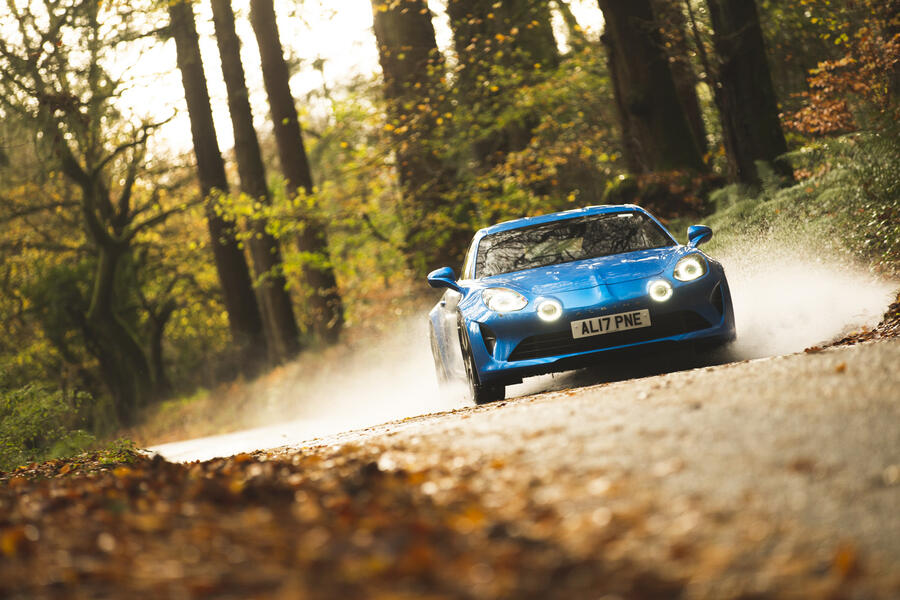
Life with an Alpine A110: Month 3
We knew it was great to drive before we got it six months ago, but would compromises irk in everyday use? - 10 May
It is part of the human condition to take amazing things for granted. You press a switch, a light comes on; turn a tap and water pours forth. Buy a new car – an almost impossibly complex confection of metal, plastic, rubber, oil, water, electrics and electronics – and you don’t just hope it will do a few laps of the planet while being left out in all conditions, baked by the sun, entombed by snow, and still work perfectly, all for the most miserly amount of basic maintenance: you expect it.
This makes me wonder why I never took the Alpine A110 for granted, not once in the six months it’s just spent with me. I never failed to look forward to any journey, never once passed it without at least glancing in its direction. You might say it has something to do with the car not being mine and the knowledge that, sooner or later, someone was going to take it away on a date not of my choosing.
But I’ve had a few long-termers in my time, many far more valuable than this, and I’ve liked most and admired more, yet when the time comes for them to depart, I’m pretty good at moving on. They’re just cars, after all. The only two I still miss are a BMW i8 (see p62) and a McLaren 720S, for hopefully self-evident reasons.
I think it’s because the A110 was, above all, so very different from almost all new cars today. That was true in 2017 when the car was launched and it’s even more true today as we move towards our heavy, silent, enormous, electrified future. And after the A110, every time you get into something else that purports to be sporting that weighs half as much again yet turns out to be less than half as fun again, you find yourself wondering why.
Until the cold realisation born of the fact that this car has sold in very modest quantities across all those years dawns: what this car does so extraordinarily well, which means so much to me and, I’d warrant, to you, counts for zip out there. And, perversely, that makes it more special too, like membership of a club whose existence is known to few and whose wonders remain as strangers, almost to all.
There was so much I wanted to find out about this car. Was a Michelin Pilot Sport 4 tyre really good enough for it? Even my Ford Focus ST long-termer came on the brilliant 4S rubber. Would its lack of a limited-slip differential start to annoy over time? Would I spend every one of those six months thinking not how good it was but how much better even than that it would have been with a clutch pedal and a slick six-speed manual transmission? Would the lack of storage space on board and in its front and rear boots grate over time?
The answer to all of the above was ‘no’. I was going to try some upgraded Michelin 4S rubber until two things happened. First, I was told the ‘4’ was not a normal ‘4’ tyre but specifically developed for this car alone. Second, I was late for a flight and had to move fast in pretty grim weather conditions. It reminded me of a track day I’d done at a cold and damp Thruxton in another A110 five years back, where nothing came past it all day, the car spending its time gleefully making Porsche 911 GT3s look all at sea. However good this car is in the dry, it’s even better in the wet.
But it was that same track day and the way it would spin up an inside wheel at the chicane exit and limit drifts to little slides that made me wonder about its open differential. But actually, it’s not that kind of car: if you want to do 1000-yard skids, you’re almost certainly not going to be in the market for an A110.
Even the luggage space, or lack thereof, was fine. There must have been journeys when I took something else because I needed the space, but I can’t recall them. You just pack light, load carefully and stack up the passenger seat.
There’s so little about this car I’d change. The tiny boot aperture is infuriating, as is the terrible digital radio reception. I wish I’d realised sooner the driver’s seat is height adjustable (albeit only at a dealer with the correct spanners) and I wish the dials didn’t change into less distinct, uglier versions of themselves when you select Sport mode. And that’s about it. I can’t even whinge about the terrible navigation and infotainment system because now that Apple CarPlay is standard after the car’s facelift, you don’t have to use any of it.
Perhaps the most extraordinary realisation after six months with an A110 is how little this already quite old car feels in need of replacement. Regardless of how it is perceived out there, it feels even more relevant and important now than it did then. Because however good we think the A110 is today, just wait: in a few years, when the weight of most cars is further from one tonne than two, they’re all inaudible and they take up as much road space as a small van, we will look back at the A110 and simply gawp at the fact that it existed at all.
History is littered with the corpses of those whose greatness was not truly appreciated until long after they had gone. To their number the name of the Alpine A110 will surely be added.
Second Opinion
You might think the Alpine would be showing its age by now but, to my mind, it’s fresher than ever when set against a sea of rivals that have got heavier or less engaging. It’s the sort of car that makes every journey a genuine hoot – and there aren’t many cars you can say that about. JH
Jim Holder
Love it:
Handling finesse Still the benchmark for usable sports cars. Nothing has come close to this level of delicacy, despite its age.
Compact footprint More than anything else, Alpine’s determination to keep it compact is key to the driving pleasure it gives.
The way it looks I didn’t fall for it in 2017 because it was less attractive than the original but I’ve really warmed to it now.
Loathe it:
Boot aperture The bootlid is so small that plenty of stuff that might otherwise fit has to be left out. Flight bags, for instance.
Digital radio reception I gave up trying to listen to the radio. It cut out so often that the pain soon outweighed the pleasure
Final mileage: 8211
We’re discovering the ingenious weight-saving features that make this the car it is - 29 March
I know. Of all the pictures I could have taken in all the locations to which it’s been, I choose one of me filling up the A110’s washer bottle at some motorway services on the M4. Could I really not have thought of anything more interesting to illustrate this story? Or, indeed, to spend the next 600 words writing about? Well, no, as it happens. I won’t spend all the space below talking about the car’s on-board windscreen-clearing strategy, but there is a very specific reason why I am doing so now – and it has very little to do with ensuring you can still see where you’re going.
It is, instead, indicative of the extraordinary measures, many of which remain secret to this day, that ensured the A110 remained as light as was humanly possible while keeping its price within the budget of the merely comfortably off rather than the unfeasibly wealthy.
It’s one thing to use carbonfibre and titanium if you’re designing a car that’s going to retail for a million quid, quite another if it’s one-twentieth of that price. So its engineers had to get clever, and I think the washer fluid delivery system is as good an example as any of what is nothing more or less than honest-to-goodness smart thinking that extends from one end of the A110 to the other.
There are no trick materials here, just the usual confection of plastic and rubber used by every other car manufacturer in the world. The clever bit comes from how they are used.
Alpine’s engineers realised that in most cars with conventional washer jets, an enormous amount of liquid is simply wasted, either not reaching or overshooting the swept area of the screen, or dripping off it before the wiper blade or blades have had the chance to reach it. Which means almost all cars have to have much larger bottles than they might otherwise need to obviate the need to fill up with washer fluid almost as often as you fill up with fuel.
So instead they designed a wiper blade with dozens of strategically positioned needle holes through which said fluid is not so much squirted as misted over – and only over – the precise parts of screen required. And as the liquid is distributed by the wiper itself, every drop is used doing precisely what it was designed to do. The result? A washer bottle that holds just 1.5 litres of liquid doing the same job as one holding 3.5 litres.
And a saving of 2kg right there. There are many other examples: a parking brake that uses the same calipers as the rear brakes saves 2kg of unsprung mass, using aluminium rather than steel brackets to retain the brake lines a tiny 5g per bracket – but in the head of the chief engineer, a saving worth having.
But the most significant factor in its sub-1100kg weight is simply that it is so small. David Twohig, said chief engineer, estimates that every cubic litre of space in a car adds around 200g and you need to expand the size of your car very little for this formula to turn into some very hefty numbers indeed.
And this stuff matters. It matters because whatever slice of automotive exotica I’ve been driving, when I return to the Alpine it always feels special, always feels different and almost always much, much better. It’s also why I’m now regularly seeing well over 40mpg from it, which, as a bloke who has to pay for his own fuel, is a welcome and unexpected development
Like it
Look at that
The geek-level attention to detail that’s gone into its design.
Loathe it
Engine fan stays on forever even after a short run in cold weather.
Mileage: 7311
The A110 deals with snow with ease - 22 March

What do you need for snow driving? A giant 4x4 fizzing with electronic aids. Or do you? A really light, well-configured car with an engine over the driven axle is a fine alternative. It’s about giving tyres workloads they can manage, and with so little mass to stop, accelerate or make change direction, the A110 is superb when the white stuff starts to fall.
Mileage: 7277
Life with an Alpine A110: Month 2
The ideal combination of throttle and ride - 8 March
The A110’s Sport mode gives me what I want – primarily a sharpened throttle response – without ruining the excellent ride. But why do the dials change too, from the clear and attractive clocks to this altogether less satisfactory display? Who’s looking at torque and horsepower numbers when driving fast? Not me: I’d sooner be watching the road.
Mileage: 6608
Here’s the uncomfortable truth about one of its greatest strengths - 22 February
I want to talk a bit about the A110’s seats this week. I’m one of those curious coves who believes that not only does a well-located seat not require endless amounts of up, down, in, out and shake-it-all-about adjustment but also that the more ways you’re given in which to move a seat, the more opportunity is provided for it to feel not quite right. In certain very sophisticated cars in the past, I’ve driven myself almost to distraction with microscopic adjustments of lumbar support, seat squab length, side bolster support and so on. So I love the fact the A110’s seats simply slide forwards and aft. That’s it.
Or at least I thought I did. But the truth is that on long journeys, I’m not as comfortable as I would like to be. After 100 miles or so, my right leg starts to complain, 100 more and there’s an ache between my shoulder blades.
There is a partial fix on quiet roads: engage the cruise control and bring my feet back towards my body, but this isn’t good roadcraft, because if something unexpected occurs, I want my right foot ready to hit a pedal without delay.
I was whinging about this to my mate Dan Prosser, another motoring hack, formerly of this parish, on a trip to London. Dan is a thoughtful chap who owned his very own A110 until recently, when he took the somewhat rash decision to start a family, which rather put paid to that. But he’s also an A110 obsessive who has written reams about them here there and everywhere. As I spoke, he glanced over towards me, looked down, looked up and asked: “Have you thought of lowering the seat?”
“I’m sorry?” I spluttered.
“The seat is height-adjustable, and I can see you have it on its mid setting.”
I immediately started fumbling for some hidden handle before Dan explained that it’s not quite as simple as that. I guess to spare the weight of the handle and accompanying mechanism, the seat isn’t adjustable by hand. Or, more precisely, it should only be adjusted by a properly qualified hand wielding the correct tool while parked in the service bay of an Alpine dealer.
The problem with that is the nearest said dealer is in Cardiff, and by the time I’ve got there and back and the work has been done, it will have taken most of a day.
So I’ve been toying with the idea of doing it myself, because it looks quite a simple job. A few things are making me think twice, however. First, this isn’t my car and I suspect Alpine will take a dim view of me attacking it with my Halfords spanner set. Second, if it goes wrong, I will have immobilised the car and will have to make a humiliating call and confess to my crime before it can be recovered. Third, I’m the worst mechanic in the world, so it will absolutely, positively go wrong. And fourth, even if it appears to go absolutely right, would you want to be in a head-on collision while sitting in a seat whose bolts have been tightened by yours truly? Me neither. So it looks like I’m off to Cardiff.
But it should be worth it because, from what I can work out, the seat won’t just be lowered as a result but also become slightly more reclined, which is exactly what I want. Or at least I think so. I have another friend who had a base A110 like this one but chopped it in for a faster Légende model with posh comfort seats with adjustable backrests and experienced instant buyer remorse, which is why he’s now on his third A110 in as many years, and has gone back to standard. If only I were in a position to own even one.
Like it
Daily star
The A110 is still proving the consummate daily driver that I always hoped it would be.
Loathe it
High and dry
The standard seat position is a touch too high, but you have to take it to a dealer to get it lowered.
Mileage: 6007
Does our French fancy have a place if there’s only room for two at the inn? - 8 February
I'm betting plenty that you’ve spent just a bit too much time working on your fantasy garage. If I had been paid for all the words I could have written in all the time over all the years that I’ve spent selecting the occupants of mine, I could probably have afforded to buy one of them by now. Or maybe not…
The process only becomes truly interesting with some self-imposed discipline, otherwise it just ends up as a list of your favourite cars. Even limiting it to two doesn’t really help, because then I just choose my favourite road and race car (a Ferrari F40 and a Lola T70 MkIIIB). To make it a worthwhile exercise, two more limitations must be imposed. First, that they’re your only cars and between them must do everything you want and require a car to do. Second, that you must operate with a price cap. Set it low enough that you can lose hours, days even, pondering your choices. Which is what I’ve been doing.
So my latest rules are: two cars to do everything, bought new and together, inclusive of all options, for less than £100,000. That rules out a Porsche 911, unless you’re desperate for the other ‘car’ to be a Citroën Ami, which is all you could afford with what’s left. And I would be pretty desperate for it not to be.
Which is where my Alpine A110 chimes in. My kids are grown and gone, so I don’t need rear seats any more, but what I do need is a car that is not only sufficiently quiet, comfortable and connected for the long slogs I often do but also utterly thrilling on the right road, because there’s only space for one other in the shed. A Caterham Seven really won’t cut it, because I live at the end of a narrow track that’s muddy at best and quite often under several inches of snow.
I have some livestock and a little bit of land that needs maintenance, so I need a true workhorse to fill that role, and recent experience in the new Toyota Hilux GR Sport pick-up has showed that it fits that brief perfectly.
The more I live with the A110, the more it reminds me of an early 911: the simplicity, the fitness for purpose, that it does enough of the boring stuff to make sense as a daily yet turns into something on the right road. Which is why it has to be in my two-car garage and, if we were to cut both the number of cars and the price limit in half, probably my one-car garage too.
Love it
Identity disorder
I love the Alpine’s ability to change personality according to the road you’re on and the mood you’re in.
Loathe it
Taking the hiss
The digital radio reception is so bad around my place that it’s essentially non-functioning.
Mileage: 6150
Back to the top
Life with an Alpine A110: Month 1
Little sports car has a surprising degree of commonality with a hefty luxury limo - 25 January
I had an unusual choice of transport over the Christmas period. In one corner, an Alpine A110 (low, light and compact); in the other, a fully Mullinered Bentley Flying Spur (high, heavy, vast and, because of all the stuff on it, getting on for £200,000 more expensive than the pared-back little coupé).
On paper, they seem to have little in common, but actually they share more than is initially apparent. Most strikingly, both are alumni of the school of thought that says you don’t have to be uncomfortable to have fun. Indeed, on a certain sort of road, of which Britain has no shortage, soft springing can be a boon so long as it’s properly controlled. And here it is. Now, this job is rather tougher on the Bentley, because it carries comfortably more than double the weight of the
Alpine, which is why it has triple-chamber air springs, electronically controlled dampers and active anti-roll bars, but the goal is the same: a car that breathes with the road, rather than pinging off every lump and bump to the detriment of both stability and occupants’ comfort.
More fundamentally even than that, I’m drawn to both because they represent a breed of car that becomes more endangered by the year. One of the things I find most depressing about the market today is the way it has embraced cars that do everything. Want a car with a bit of estate in it, a smidge of off-roader, a smattering of coupé? Step right this way, sir, and choose from this vast array of oversized, overweight, underachieving crossovers. They may do everything, but the bit that never gets mentioned is that this also means they don’t actually do anything genuinely well.

This is a mistake the Bentley and Alpine will never make, and before you start wondering what planet I’m living on, the same comments apply equally to a Fiat Panda, a Caterham Seven, a Ferrari F40 and my 65-year-old Citroën 2CV. Unlike the vast majority made today, these are all cars that know what they’re for. They take one job and do it superbly. High-speed continent-crushing? That’ll be the Bentley. Cross-country blast? You can’t have more fun than that provided by the Alpine.
Strangely enough, they have the same flaw too, albeit for completely different reasons. Each suffers for its dual-clutch automatic gearbox. The Bentley has one because, unlike the previous Spur, it’s derived from the platform used by the Porsche Panamera, which is a large part of why the current Continental GT is so much better to drive than the last.
But while a DCT works well in a two-door coupé, it’s less convincing in a four-door limo. It’s good but not great. And when I’m in the Alpine, however much fun I have driving it, I can’t escape the knowledge of how much more fun even than that I’d have were it fitted with a quick and slick six-speed manual gearbox.
Now, a certain rather understated genius called David Twohig was the Alpine’s chief engineer, and he just so happens to be a friend of mine too. I can hear his sighs of frustration from here. “Andrew, do you have any idea how much that would cost to engineer and homologate and how few additional cars we’d likely sell as a result?” I’m putting words into his mouth, of course, but I know it’s true: there could never have been a business case for a manual A110. But I’m right too: it would be better with a manual, however unrealistic a proposition that might be.
On the reliability side, I thought the Alpine had gone wrong last week when I felt a bad vibration through the steering wheel above 50mph, but it suddenly went away and hasn’t come back. My guess is a clump of mud got stuck to the inside of a front wheel and temporarily threw it out of balance. Other than that and brake discs that rust far too fast in wet weather and bind to their calipers, it has been flawless.
Love it
Phoned it in
Apple CarPlay was introduced with the facelift, transforming the user experience for the better.
Bad back
There’s no backrest adjustment on the basic seats, and sliding fore and aft isn’t enough to achieve an optimal driving position.
Mileage: 5341
A week at a standstill caused caliper corrosion - 18 January
I’m not sure what Alpine makes its brake discs from, but after standing for only a week, those on my A110 had corroded enough for one to weld itself to the caliper. That’s not such a problem if the car is parked on grippy Tarmac, but on gravel it took a lot of to-ing and fro-ing on three rotating rims to release. Made a right mess of my drive...
Mileage: 4822
A110 is a popular choice for lovers of driving - 4 January 2023
It’s very rare to see an A110, let alone two parked side by side anywhere other than an owners’ meeting. But should I really have been surprised when I rolled up at Gordon Murray’s place to discover he too runs one? I recall him naming it as his show star at Geneva 2017 without a moment’s thought. Clearly, he decided to put his money where his mouth was.
Mileage: 3457
Welcoming the A110 to the fleet - 21 December 2022
Can it really be five years since we first saw it? Half a decade since I first sat in an Alpine A110 and knew that today was going to be a different day before I was even out of the car park? It seems it can.
It’s fair to say the A110 has not exactly tumbled out of the showrooms in that time, despite as rapturous a reception in the motoring media as enjoyed by any new car that I can remember. Turns out that when the choice is between the most exquisite, balanced handling from a car designed to be as light and responsive as possible, or one with a posh badge on the nose, most people would rather have the Porsche.
As a thing to drive, it is their loss. I’m a huge Cayman fan, but you’ll only get the base model with its unlovely flat-four engine for this money, and while it’s more powerful, by the time its additional quarter tonne of avoirdupois is factored in, the two cars’ respective power to weight ratios are as near as makes no difference. And the Alpine is smaller and more delicate and just plain fun to drive.
But as a thing to live with? That’s what the next six months are about. So don’t expect me to spend that time gushing relentlessly over its on-limit handling or the deftness of its damping. There’ll be some of that, I’m sure, but what I really want to find out is whether an A110 works not just in theory and in the road testers’ fantasy realm of mountain passes and race tracks, but here in the real world.
I hope to have many great drives in it, but I know already I’ll have many bloody awful ones, too, sitting in heavy traffic, or simply tedious ones droning down the motorway, because that’s life. How will such a tightly focused car fare? If it does well, it will prove you really don’t need to compromise your driving pleasure; if it doesn’t, the A110 will go down as a wonderful idea that works far better in theory than in practice.
The car came to us in base spec, which used to be called ‘Pure’ but now, post its facelift this spring (which was scarcely a facelift at all), has no further nomenclature beyond ‘A110’. The options spend was modest (see box right), at around 4% of the purchase price, but had it been me ticking the boxes, I’d have dispensed with them all save the parking sensors.
What would I have chosen instead? Perhaps Thunder Grey paint in place of Alpine Blue, but that’s about it. No need for the big brakes on an 1100kg car, and not even I am sufficiently nerdy to crave the optional telematics pack, which can tell me the steering wheel angle I’m fairly sure I can see for myself.I would love the slim panniers that fit down the sides of the seat as somewhere to store stuff in the cabin because there’s precious little room elsewhere, but they don’t seem to be available any more.
A mate who had them on his pre-facelift car said they were a game-changer. And the jury is out on the comfort pack: I’d quite like the speaker upgrade it brings, but it’s the comfort seats with adjustable backs I’d covet most. The standard buckets, which only slide to and fro, may prove restrictive on long runs. The only slightly odd thing about the specification are the standard Michelin Pilot Sport 4 tyres.
They’re good enough boots for sure, but the next one up the range, the Pilot Sport 4 S, is the best all-round performance tyre I know, and I’ve tried them on cars as diverse as a Ford Focus ST and a Ferrari 296 GTB. There’s no way I can afford a set to try out for myself, but after winter, and if Renault and Michelin are happy, I’d be really interested to see what they brought to the party.
They are not an original equipment tyre for the A110 – though strangely the far more extreme track-focused Michelin Pilot Sport Cup 2 is – but in theory at least they should be perfect. For now, I’m just looking forward to getting to know the Alpine a little better, which shouldn’t take long. Regulars will remember I’ve just got out of a Mercedes S-Class, whose widgets and gadgets were still surprising me six months in. Technologically, the A110 is an abacus by comparison.
And that’s just fine. When people ask me what I like most in a car, the answer is very simple: it is to know what it is for. And it really doesn’t matter whether it’s a Caterham Seven, a Rolls-Royce Phantom or an original Mini you’re talking about. It’s what I liked so much about the S-Class and what I hope to feel about the A110. Either way, I’m looking forward to finding out.
Second Opinion
As the owner of an A110 of similar spec but a year older, I’m pretty sure Andrew’s going to find a lot of ‘living with’ positives, certainly as regards comfort and easy cabin access. The curiosity will be the car’s durability. Andrew does big miles, so I’ll be interested to see how he fares. My experience has been good, so far
Steve Cropley
Alpine A110 specification
Prices: List price new £49,990 List price now £51,090 Price as tested £51,984 Options: 18in dark grey diamond-turned Serac wheels £936, Alpine floor mats £110, aluminium pedals £120, parking sensors £660, blue Alpine logo on steering wheel £78, blue stitching £90
Fuel consumption and range: Claimed economy 35.1mpg Fuel tank 45 litres Test average 39.2mpg Test best 44.1mpg Test worst 33.1mpg Real-world range 388 miles
Tech highlights: 0-62mph 4.5sec Top speed 155mph Engine 4 cyls in line, 1798cc, turbocharged, petrol
Max power 249bhp at 6000rpm Max torque 236lb ft at 2000prm Transmission 7-spd dual-clutch automatic Boot capacity 96 litres Wheels 7.0Jx18 (f), 8.0Jx18 (r) Tyres 205/40 ZR18 (f), 235/40 ZR18 (r) Kerb weight 1098kg
Service and running costs: Contract hire rate N/A CO2 152xg/km Service costs None Other costs None Fuel costs £1050 Running costs inc fuel £1050 Cost per mile 17 pence Faults None


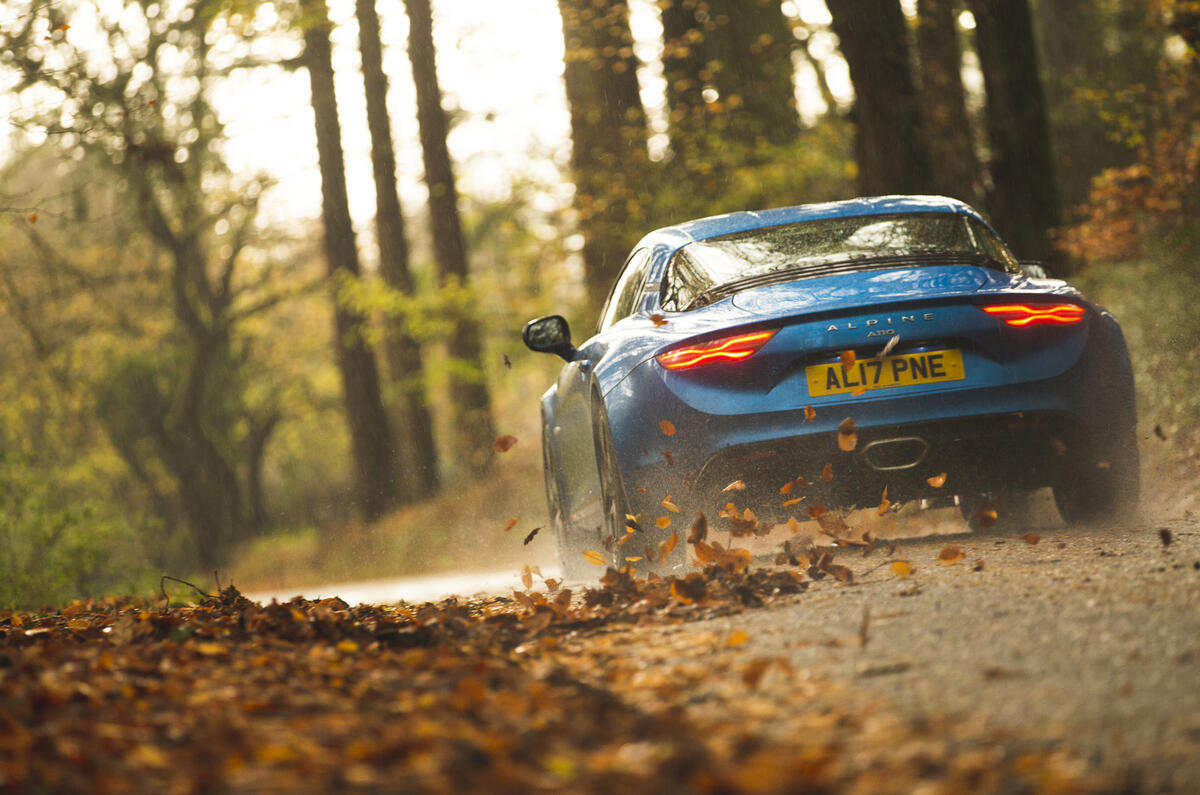
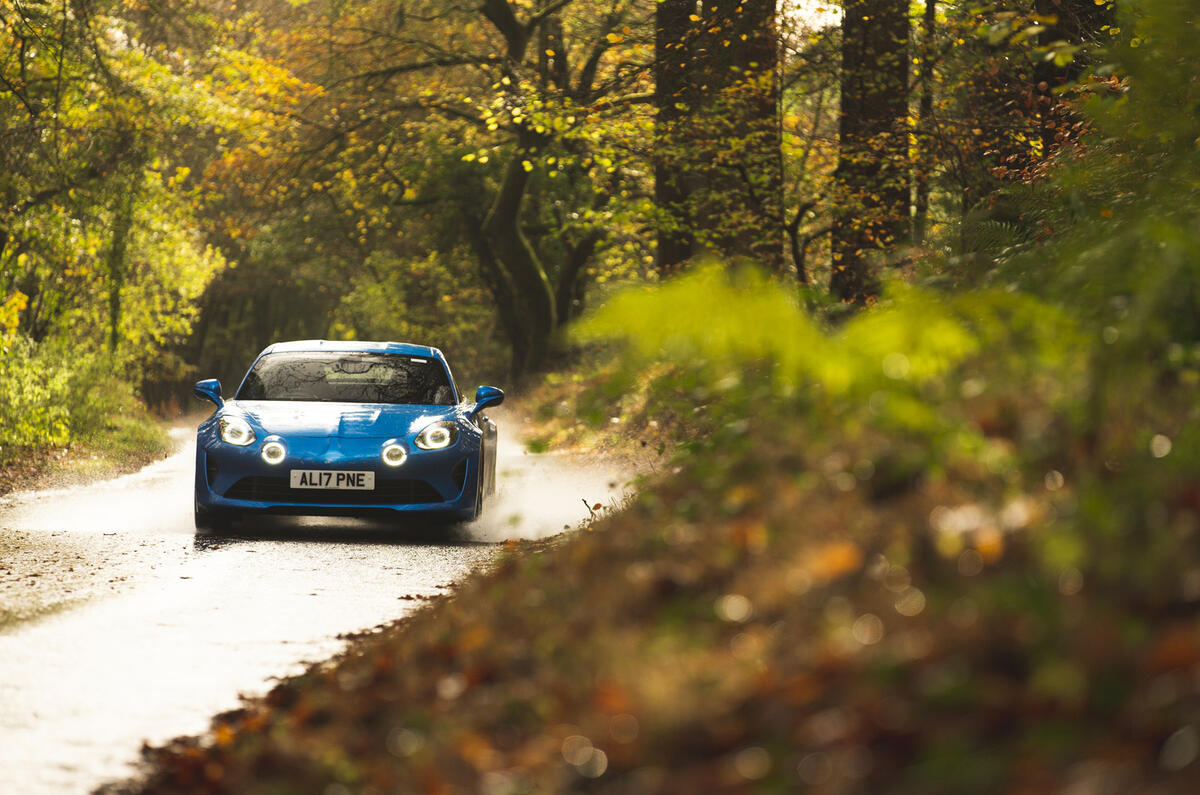
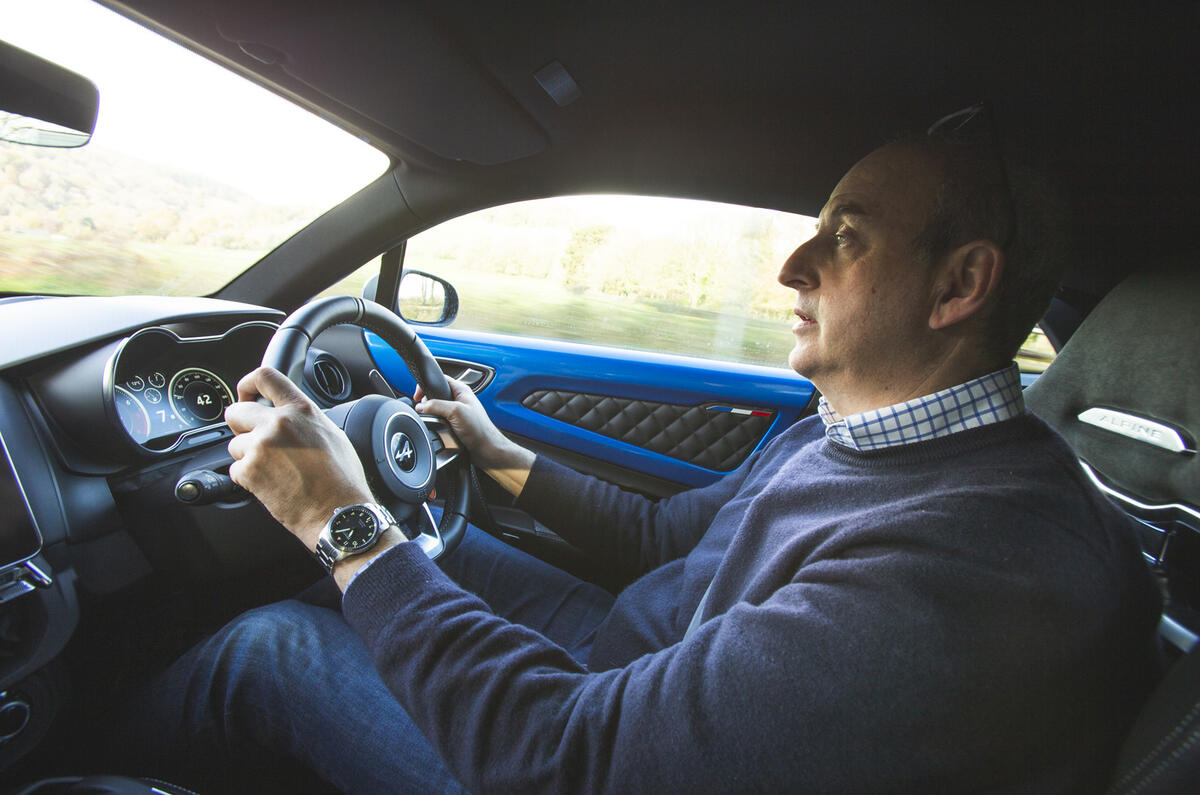
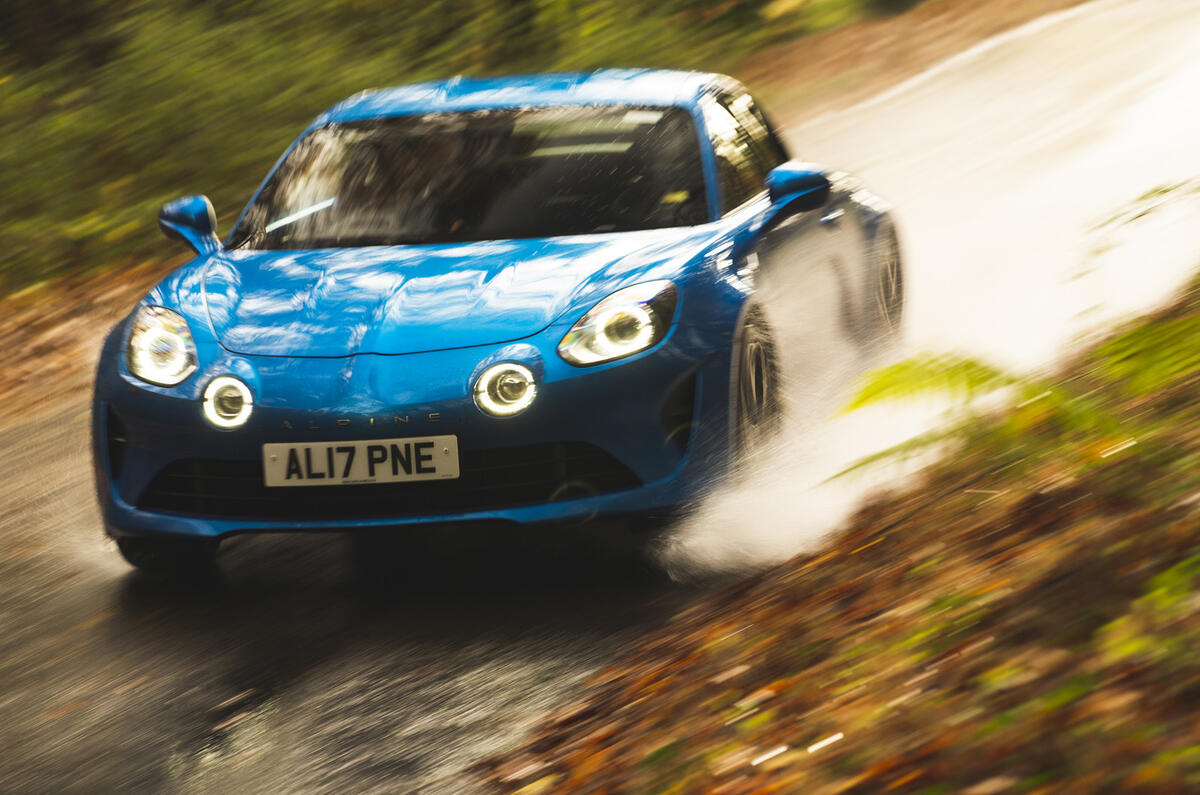

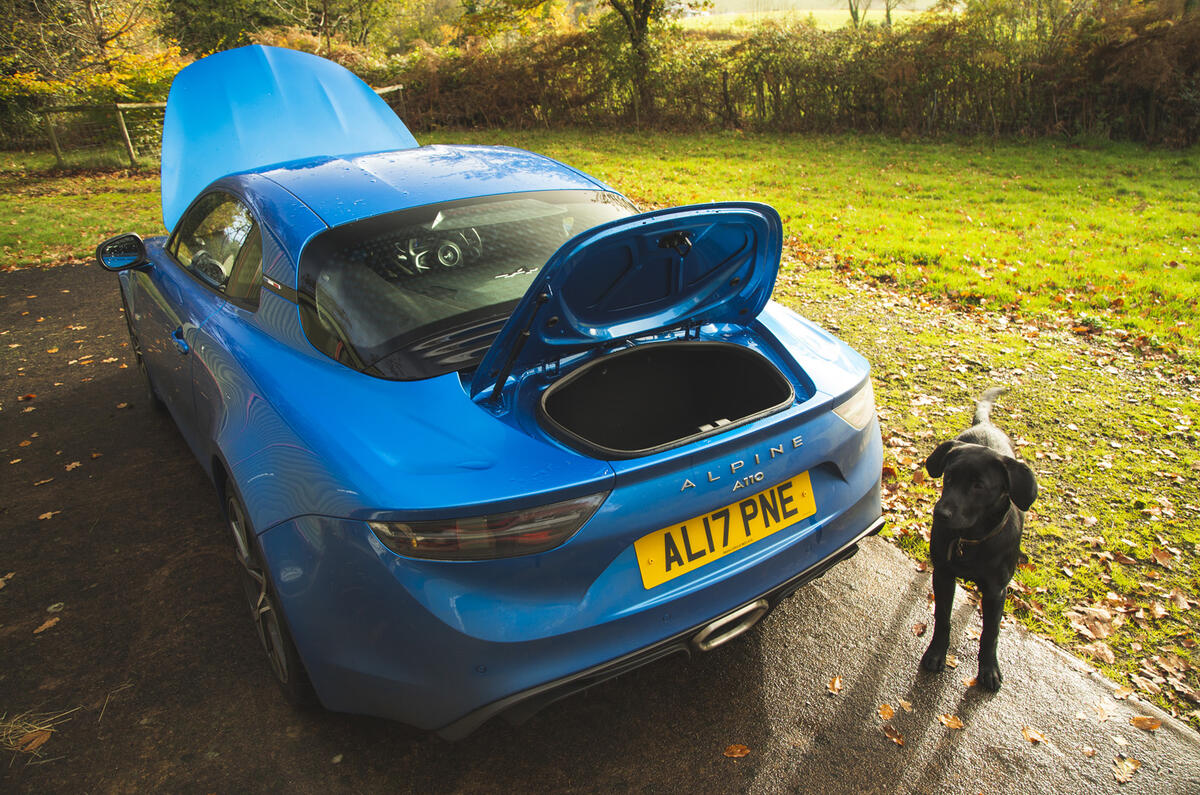
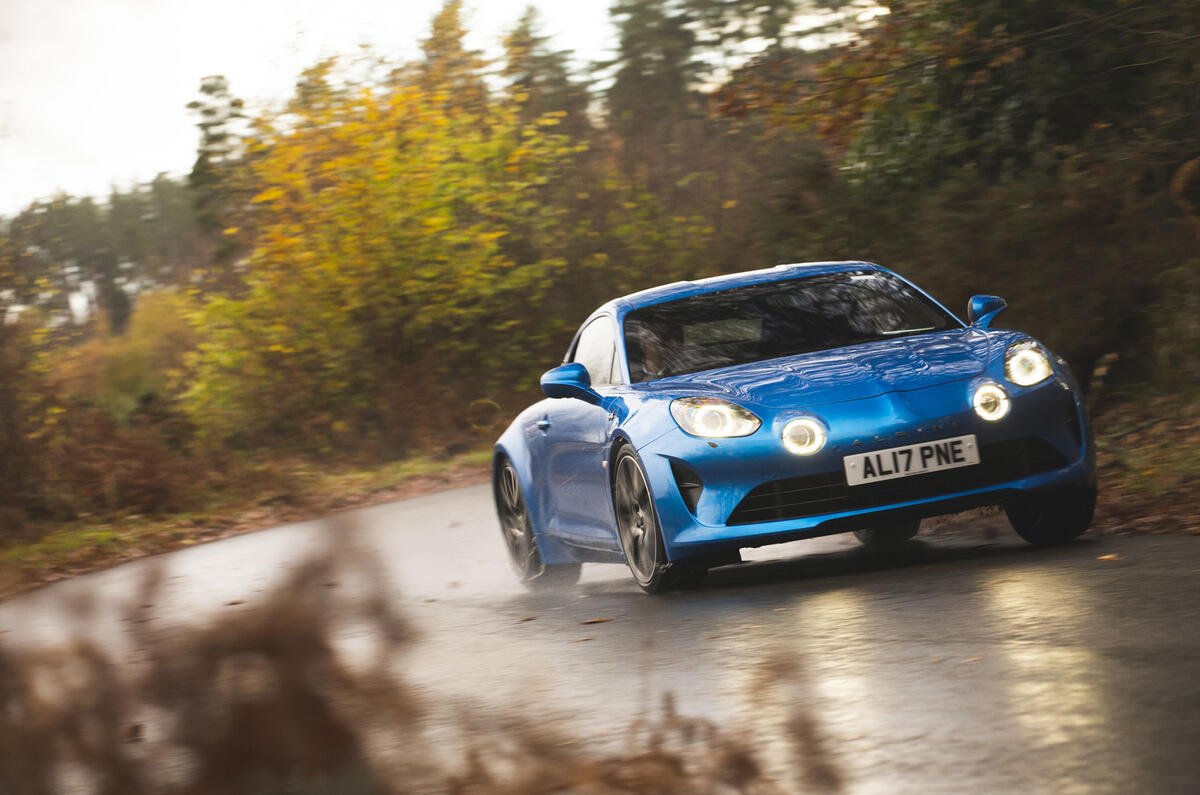


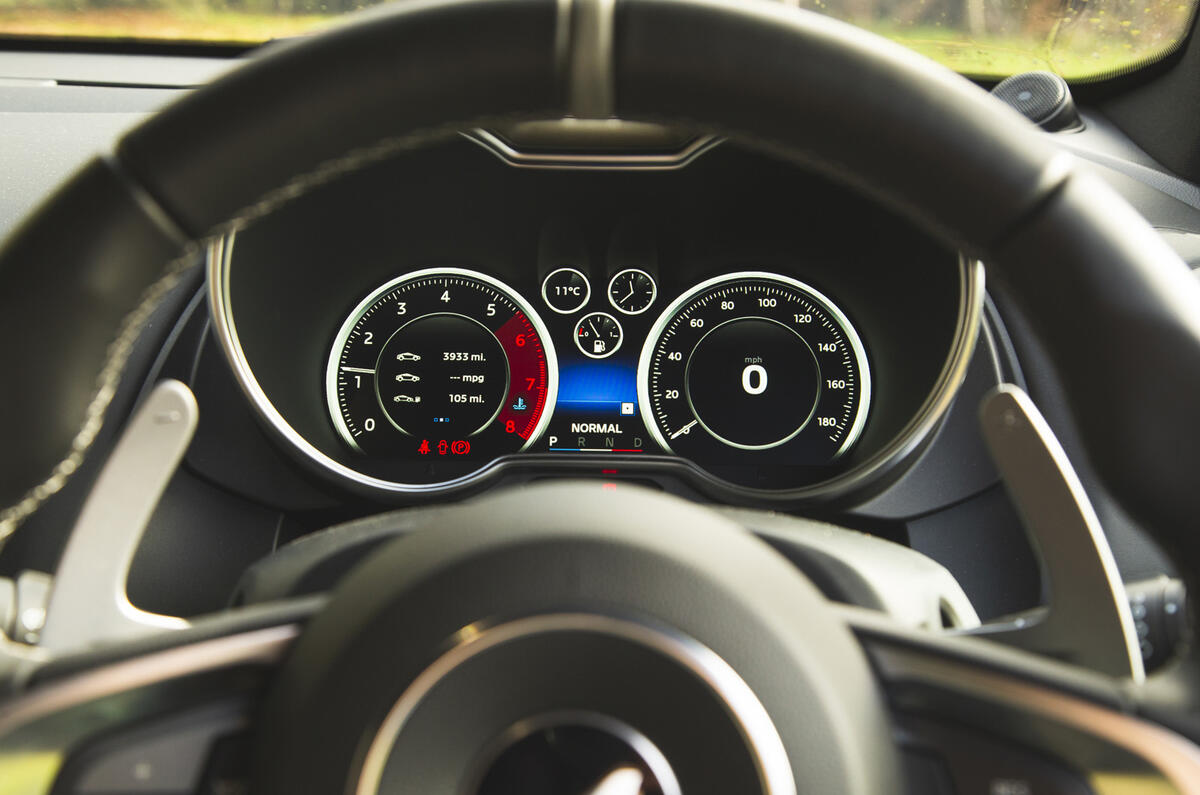
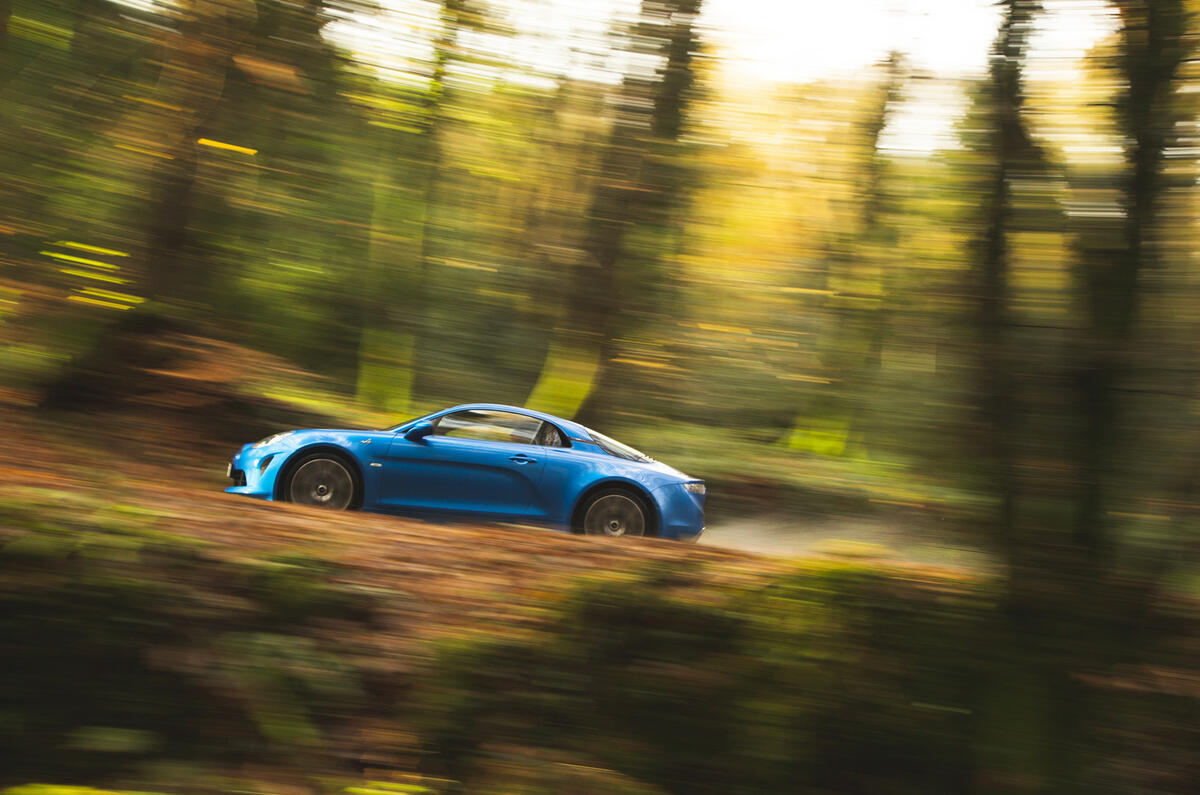
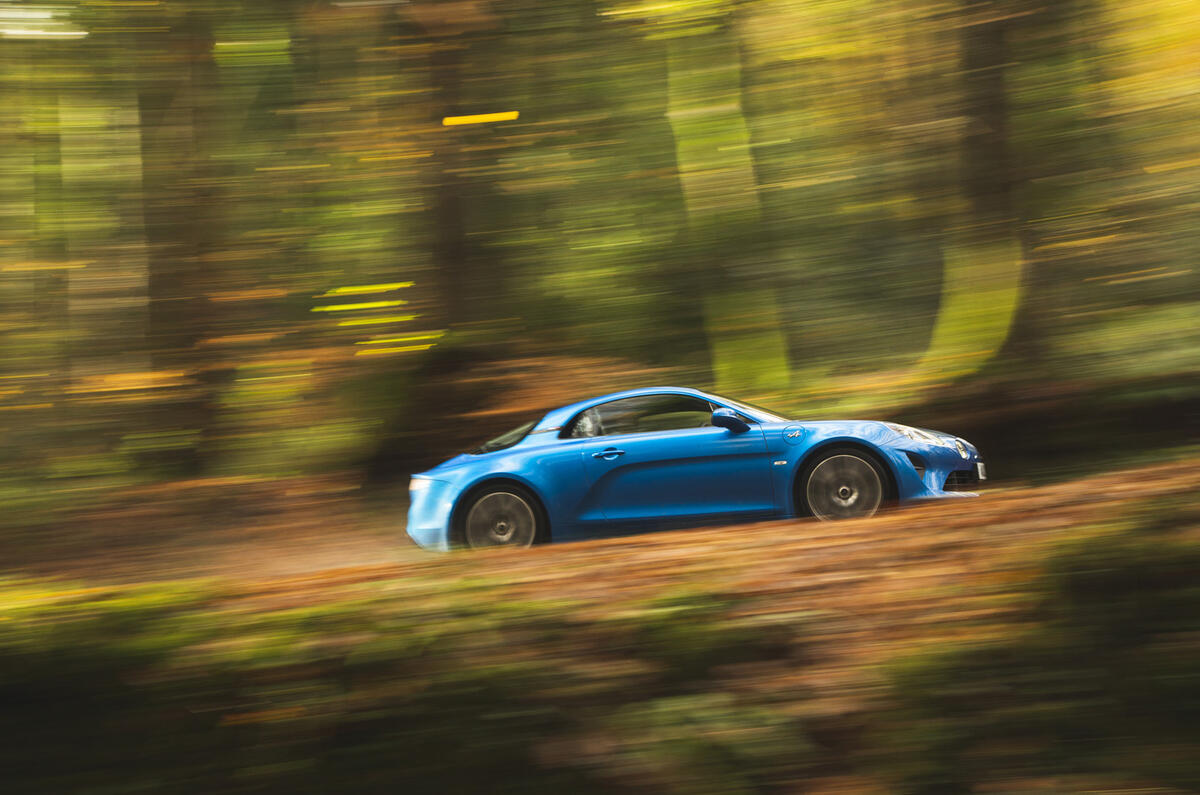
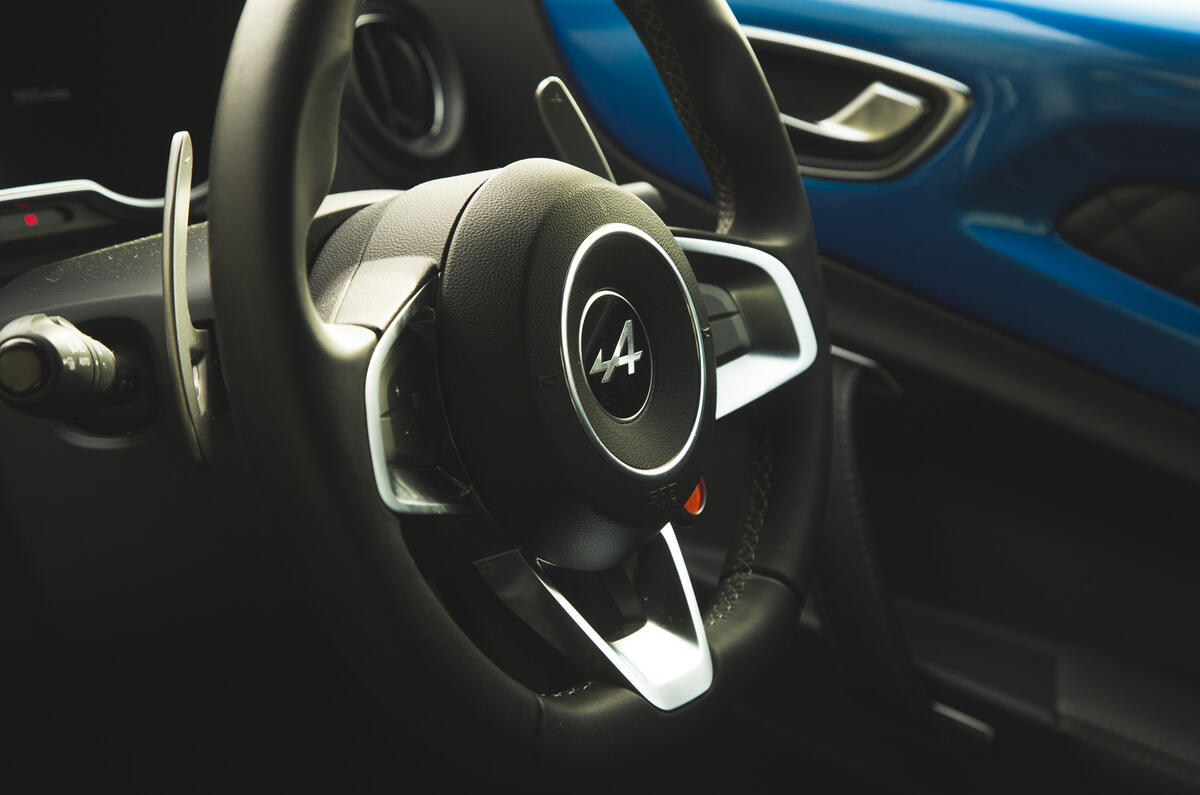



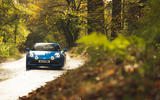

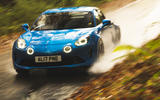

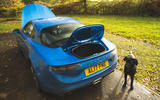
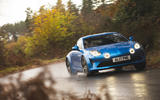



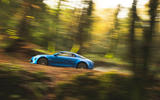
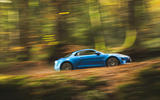
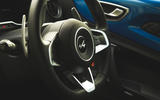
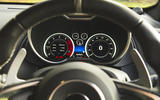


Join the debate
Add your comment
Not sure if it's a "well rounded product" but I do know Gordon Murray admitted on camera that he had to reverse engineer one of these cars for it's secrets for his latest "budget supercar"...pretty high praise from such a well regarded car designer.
Andrew , you were right , I was wrong , transverse axle engined cars do work ? Very pleased with mine especially now the Life 110 parts have made it a gorgeous track day car , that can really gain the benefit of low weight . It's important to say that the big down side of Alpine ownership is the shocking parts availability in the UK . I've waited months for a failed sensor , and more than a month for brake rotors , fortunately Life 110 now do an AP rotor conversion . Finally , I use mine on track frequently, I have the reclining bucket seats, and would really love the standard high sided buckets , I'd gladly pay for the swap over if you fancy ?